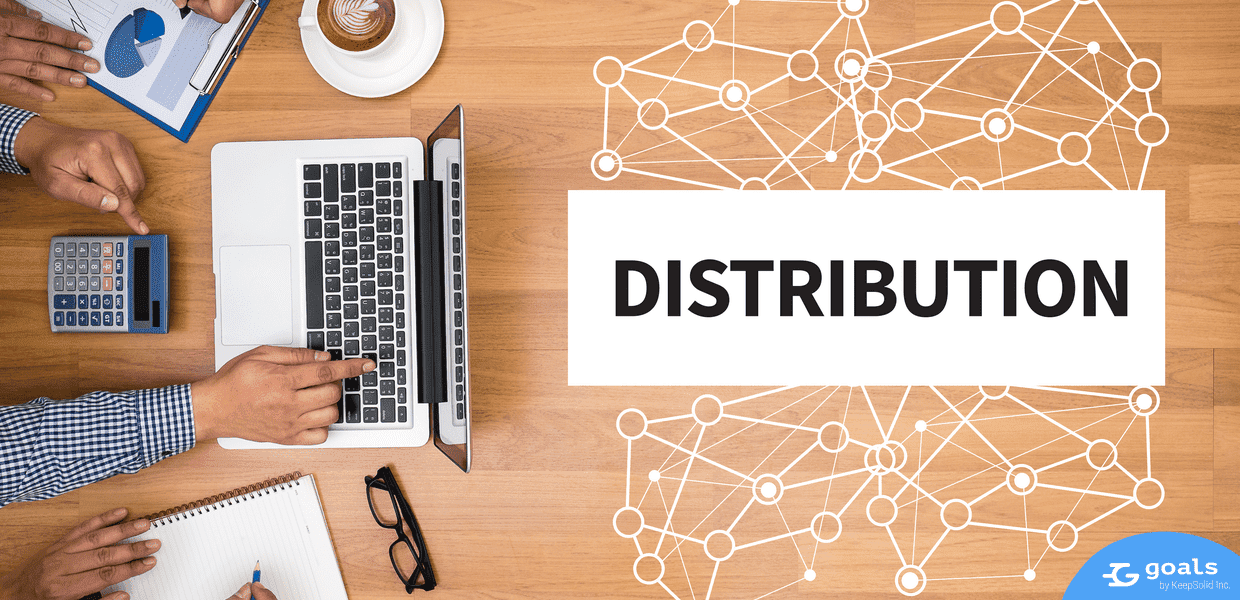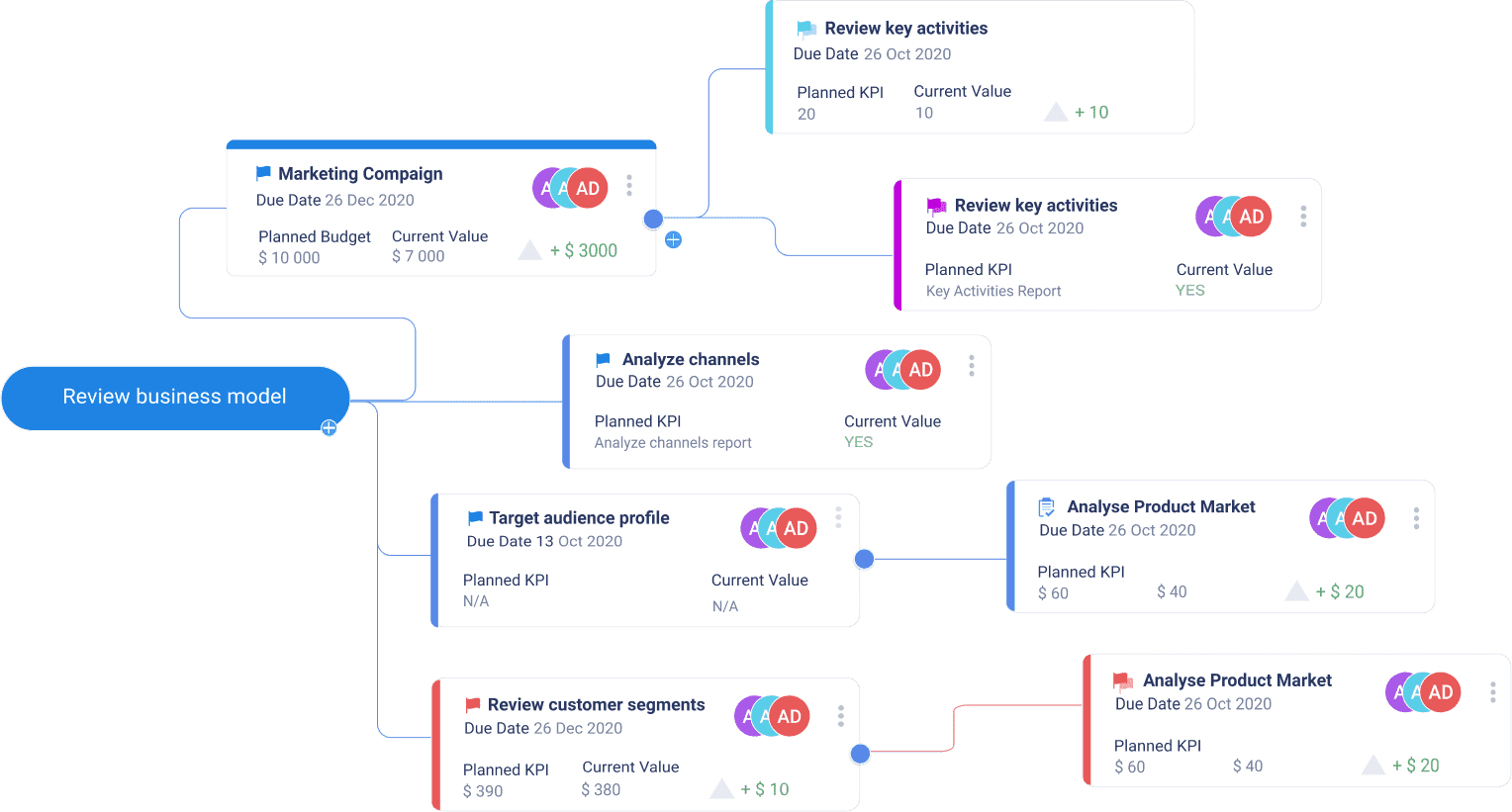What is Channels Of Distribution?
Distribution of any product means that this product must be made available for purchase on the market. Distribution covers the whole cycle of work: transportation, packaging, and delivery. To ensure that this path is successful, and the product, or service, reaches its customer, companies use different distribution channels, or methods by which they deliver their products or services.

A distribution channel is, therefore, the flow of business between a manufacturer and a consumer. This flow can be quite simple and direct, or a more complex indirect one, when companies use wholesalers and retailers, or even agents or brokers.
Levels of Distribution
There might be several levels of intermediaries between the manufacturers and consumers, and any company needs to decide which level will suits best its product at a particular market:
Level 0: Direct Sale. This model excludes intermediaries in the distribution process, relying on the company’s internal resources to sell products. the brand to sell products to customers on its own. This is the best option for businesses that create products on-site, such as bakeries, or small businesses, like freelance artists.
Level 1: Retailer. This is the most common model for consumer brands, where a company relies on one intermediary as the middleman. A typical example of such a model would be a diary company selling their products in supermarkets.
Level 2: Wholesalers. In this case, there exist two intermediaries: first a wholesaler sells to a retailer who can sell the product to the end customer. The biggest differences between wholesaler and retailer business models are scale and audience. It is possible, however, that wholesalers are the only (Level 1) intermediary – for example, manufacturing companies may buy resources in bulk to turn them into their products. This model allows brands to sell large volumes at once, but the price they pay is offering significant discounts and reducing rates for wholesalers.
Level 3. Agents. This chain of three intermediaries includes an agent or broker working on behalf of the companies with wholesalers.
Types of Distribution
There are also several types of distribution that define how manufacturers disperse their products to bring the largest profit:
- Intensive Distribution. This is a form of retail distribution, where products are distributed to as many outlets as possible. This model is best suited for mass market goods, where the price and availability are more important factors for sale than exclusivity.
- Selective Distribution. Certain brands, especially luxury ones, carefully select locations and presentation of their products. This provides a more customized experience for the target audience and allows companies to determine a price that would target specific desired consumers.
- Exclusive Distribution. A brand partners with a single intermediary in a particular market to restrict the product availability. This method maintains the brand’s image as a producer of exclusive and luxurious goods.
- Dual distribution. A business combines several channels of distribution to sell products, for example, it may work with retailers but also have its own stores for direct sales. This allows brands to reach a larger audience, both their loyal customers and new clients.
- Value-added resellers (VARs). This type resellers improve the product on their own by adding new features and services. In this case, the manufacturer provides the baseline product, and VARs think of ways to distinguish it from competitors. This is a popular distribution channel in healthcare, education, or software, when a new product is offered to end users with a package that includes training and support.
Distribution channels generally shape marketing strategies – the way that a business communicates the launch of their new product, the way it presents its goods and services and even the way the brand positions itself in a market.



